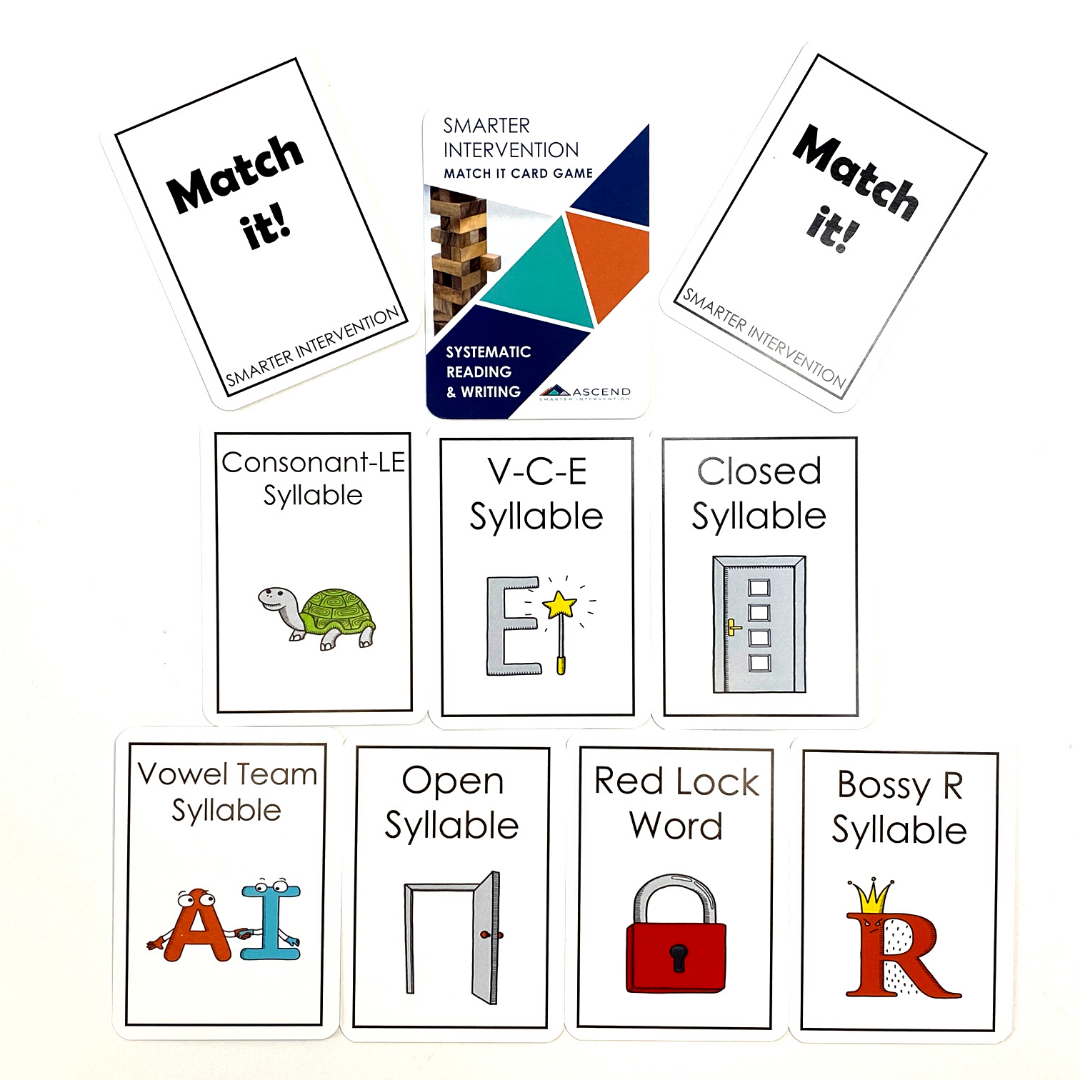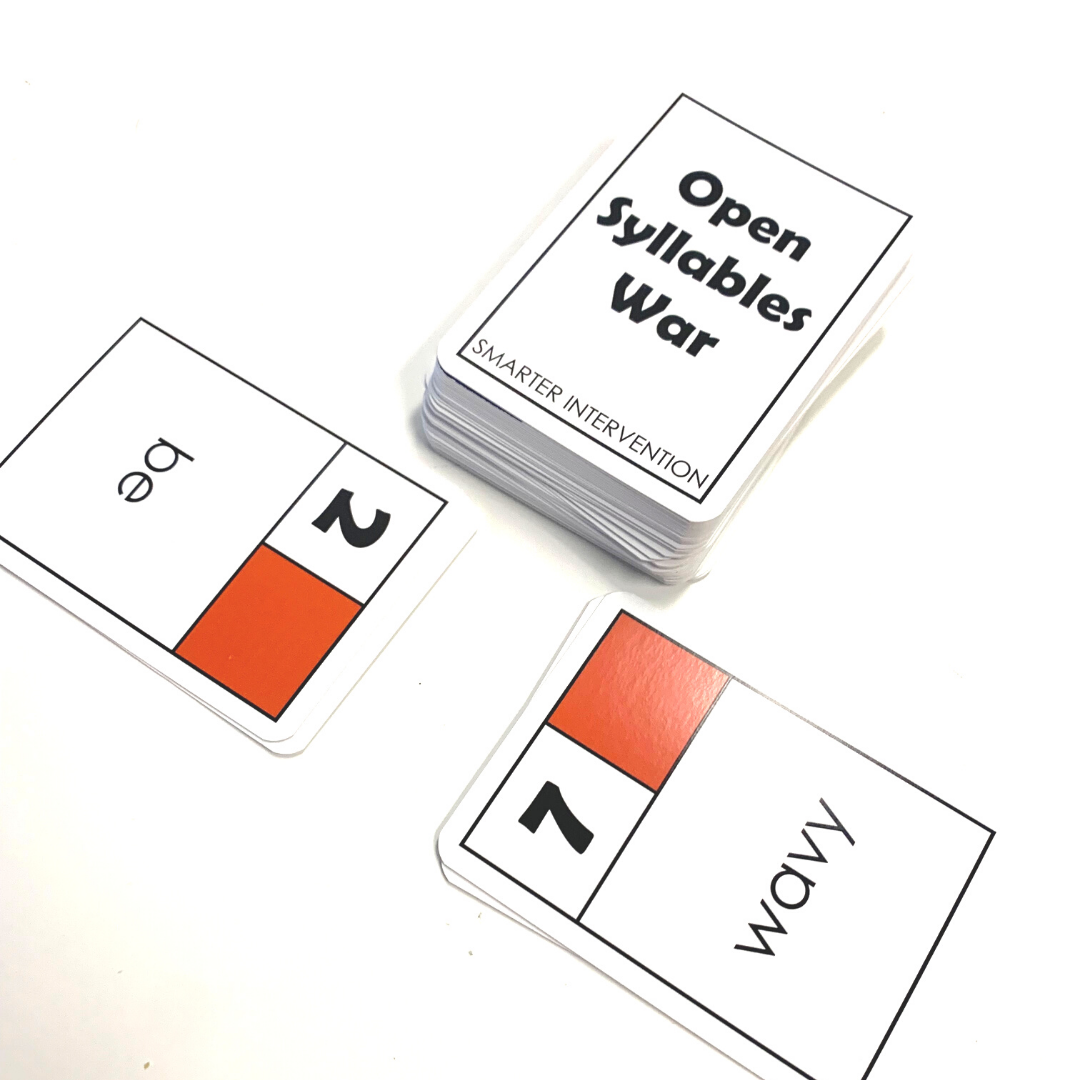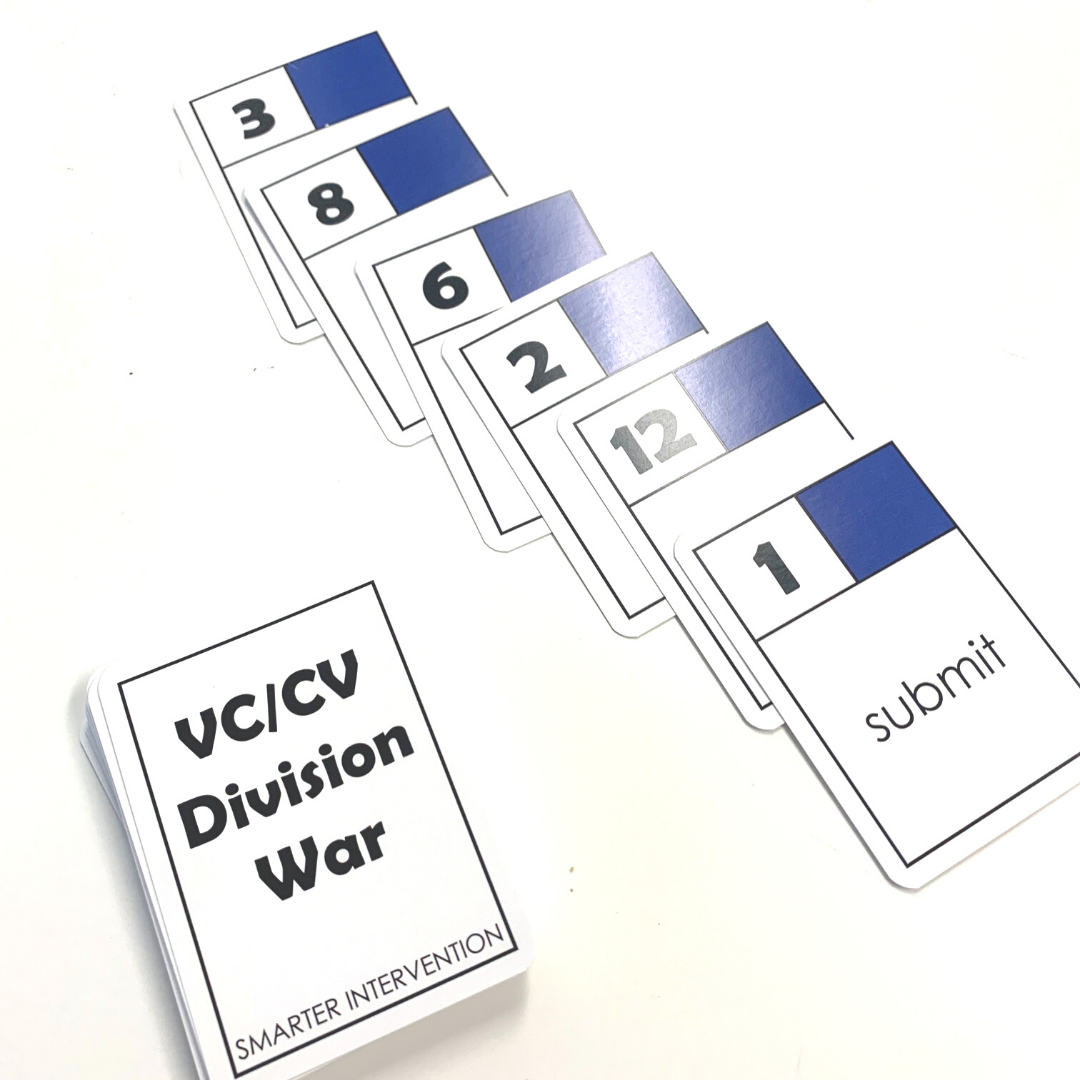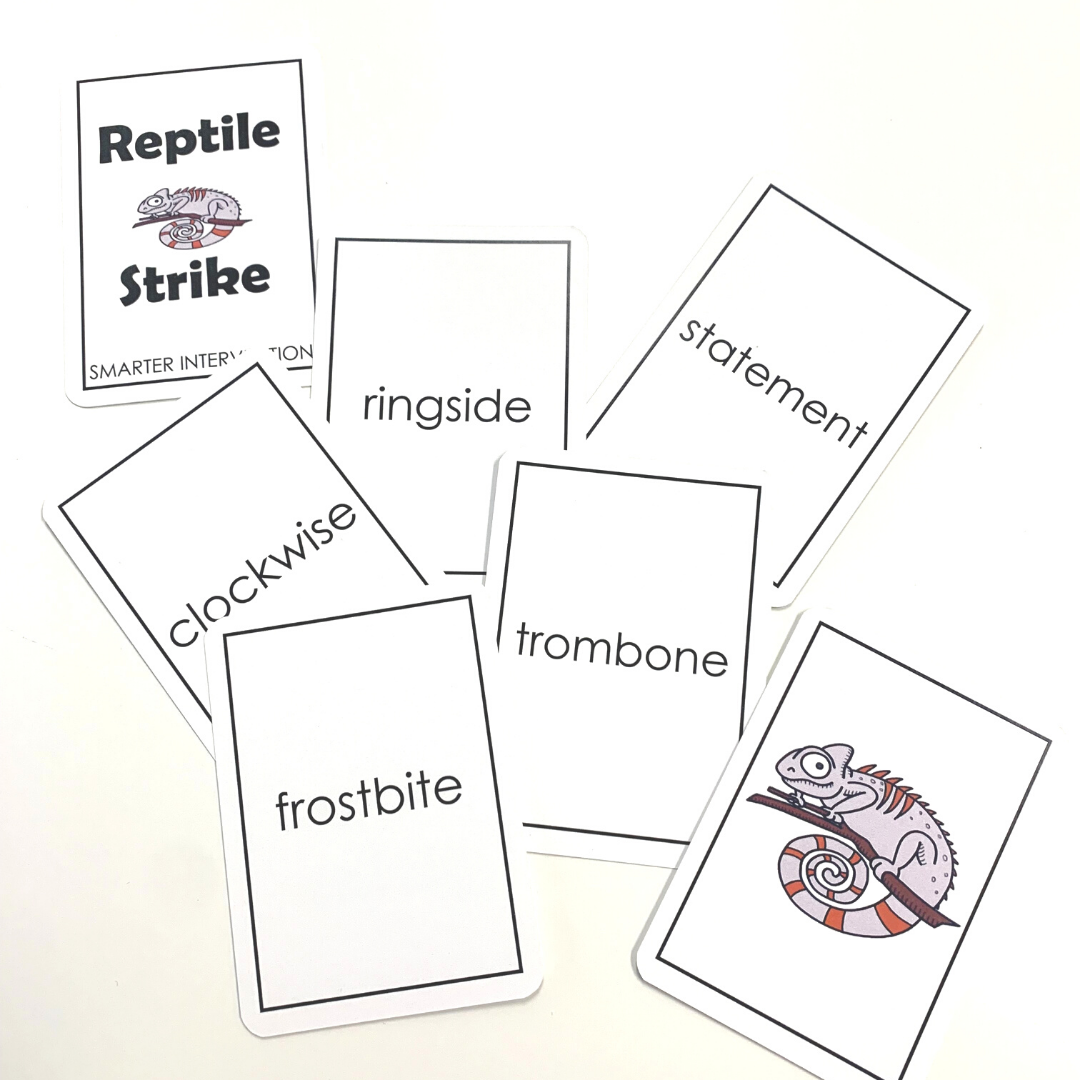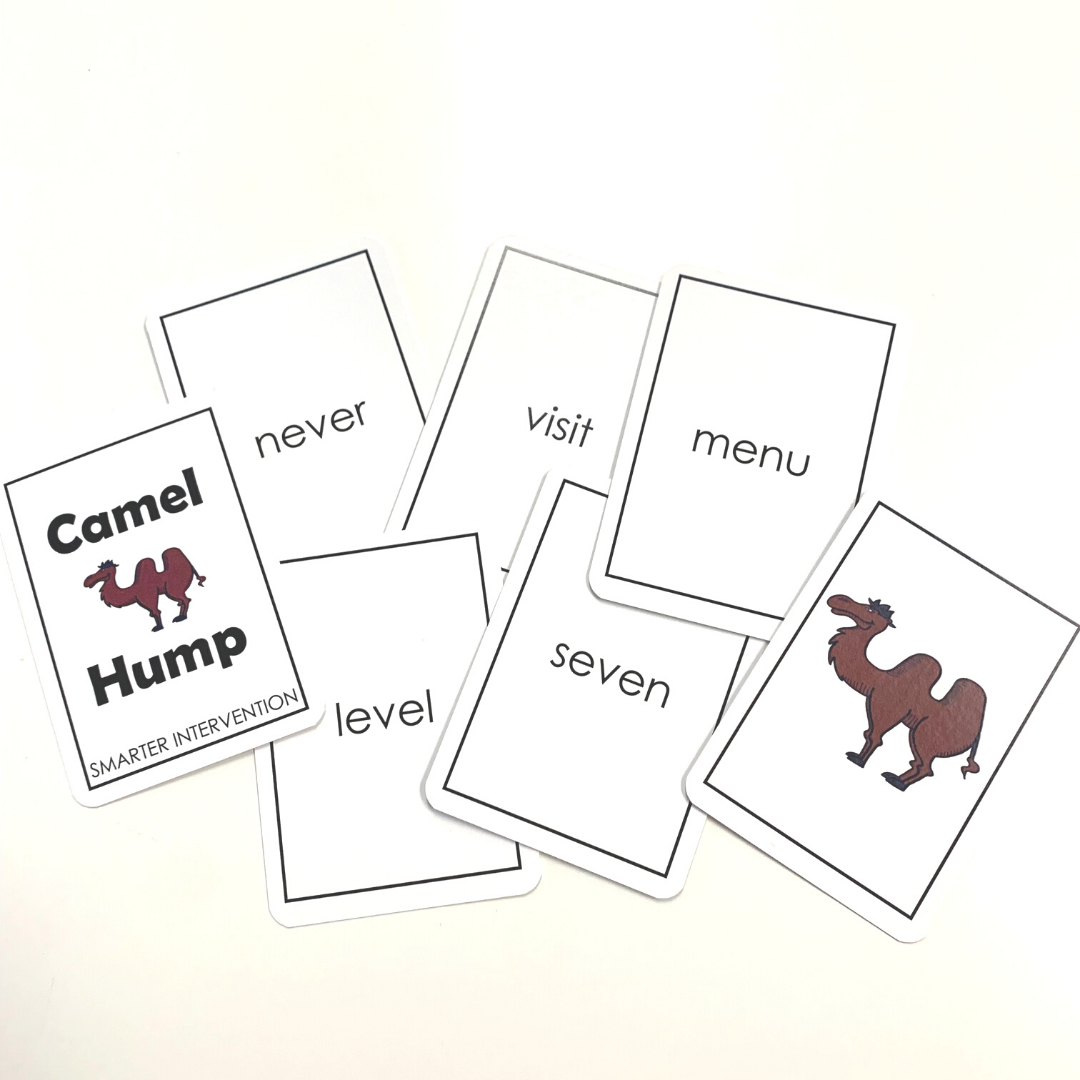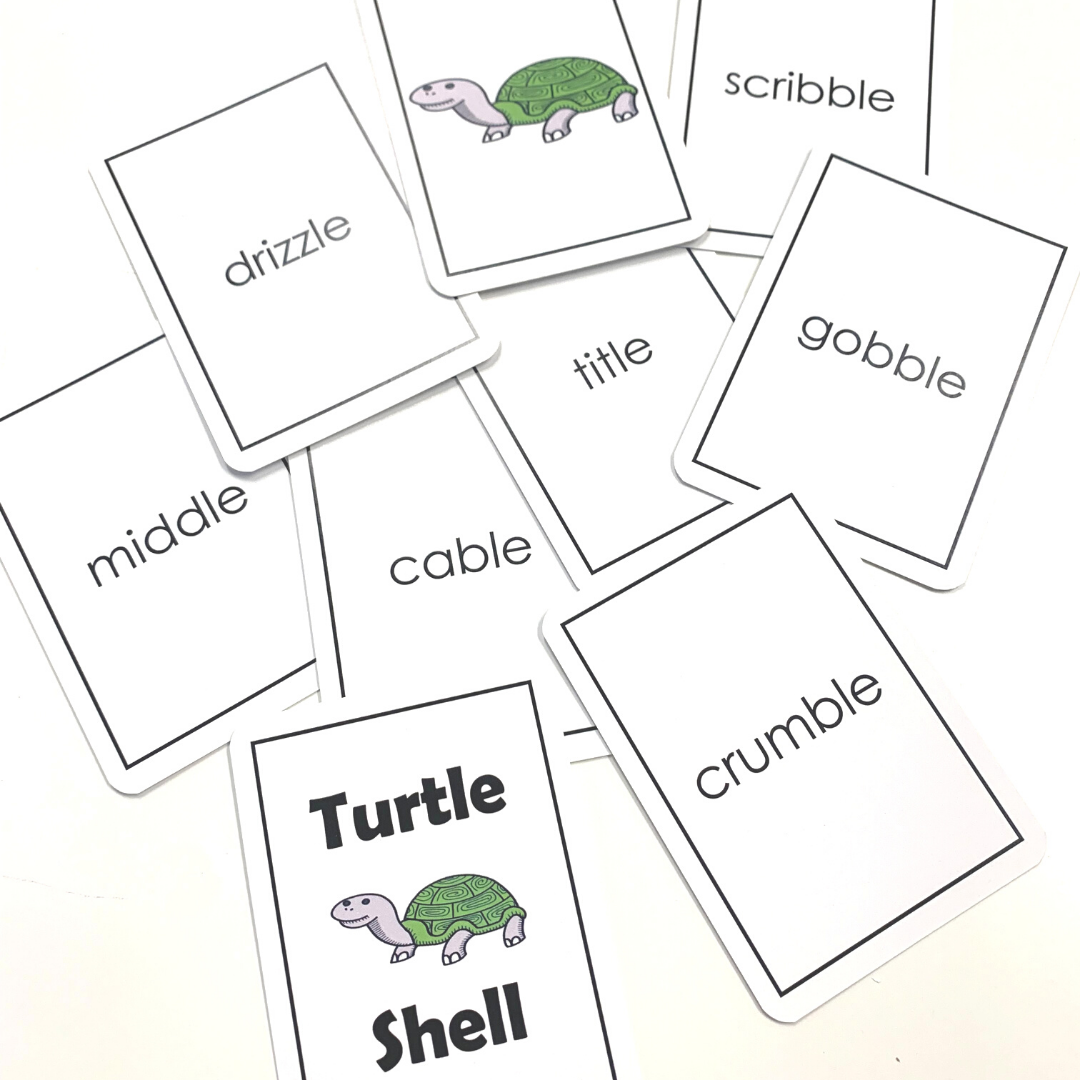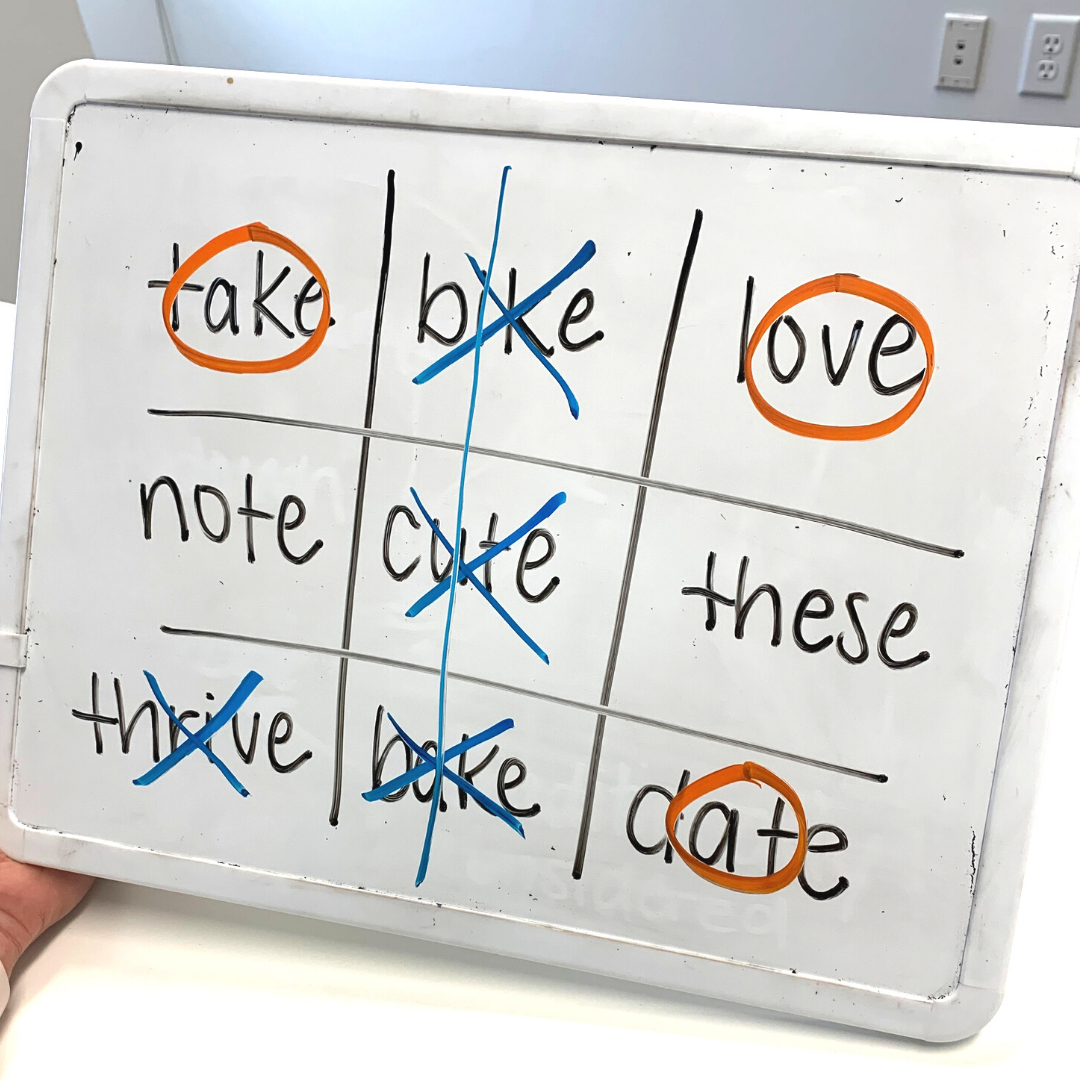How to Make Reading Lessons More Engaging
Have you ever thought to yourself - how in the world can I make this more engaging for my students?
If so, you are definitely not alone. Reading intervention is HARD for our students. We are asking them to complete tasks that have always felt difficult for them.
The good news - it’s easier than you might think to make lessons engaging for your students. Plus - when students are engaged, it’s more likely that they will learn the material. It’s a win-win!
Our #1 tip to increasing student engagement is…
Using Games
Now, we don’t mean letting students play Battleship or Fortnite if they have extra time. Instead, we mean “gamifying” your reading and writing tasks so that it is easier to engage your students.
We love games because they allow us to practice really challenging skills with our students (even the ones they struggle with the most) but keep them having fun and having positive experiences with the materials.
These are also great additions to classrooms or group instruction because many games can be played amongst the students while you pull other students to work with.
These are some of our favorite reading intervention games.
Syllable Type Matching Game
We love using this game to help support students’ decoding and understanding of the different syllable types.
Students are asked to draw a card and sort it into the correct syllable type “team.” This is really helpful for them as they learn the difference between closed, open, VCE, Bossy R, Vowel Teams, and Consonant-LE Syllables. We also include a “lock word” card so that students can recognize that there are some words that don’t follow our patterns!
Check out the Match It game >>here<< and watch the video to learn how to play this game!
Crazy Short Vowels
This is one of our favorite games to target sound isolation and recognition!
Each player should start with 7 cards. Someone will flip the top card of the “draw” pile and read the word. To play a card, you must have a card that has the same initial sound, vowel sound, or final sound. If the player does not have anything they can play, they will take a card from the draw pile. This will continue until someone is able to discard all of their cards. Check it out, >>Here<<.
War Card Games
This game is super easy to play and so much fun! Have students partner up (or you can play with the student if you are working 1:1) and split the deck in half. Each of you should flip your top card over and read it. The person whose card has a bigger number gets to keep both cards. If you have the same number, flip three cards over and then read the fourth. The person with the higher number on that card gets to keep the original set and the 4 that were flipped over after the tie.
We split our War decks into different syllable types so that you can play based on what students are currently working on, or pull a previously learned syllable type as a review game.
Syllable Division Games
As students get into multisyllable words, reading naturally gets harder. These games were designed to help students practice their division skills to support their knowledge of how to segment and decode multisyllabic words.
Set a timer and take turns taking a card and reading it. If you get it right, you get to keep the card (you can choose based on student ability how much support to give here). If you get the “animal” card (each syllable type has a different animal mascot to help remember the rules), then all of your cards go into the discard deck. The person who has the most cards when the timer goes off is your winner! Check out the syllable division games >>here<<.
Other ways to gamify your lessons:
There are also lots of ways to gamify your lessons using the materials you already have!
Games to play with word lists
If you have a word list - you can play the “dice game.” Player 1 rolls the die and moves that many spaces across the page. They should read the word they land on. Player 2 rolls the die and moves that many words down the page, reading the word they landed on. Repeat until someone gets to the end.
You can also play tic-tac-toe. Draw a board on your whiteboard or a piece of scrap paper. Fill it in with words from your lesson. Students then have to read the word before putting an X or O in that space.
Another favorite is the vocabulary guessing game. Use the word list you just read and either give students definitions, synonyms, antonyms, categories, etc., and ask them to find the word(s) that apply from your word list. They can also pick a word (without telling you what it is) and define it. Their definition should be clear enough for you to figure out what word from the list they picked.
Games to play with your spelling words
After spelling, a fun way to practice writing skills is to have students pick a word and use it in a sentence. Then you (or the next student) have to use another spelling word in a sentence that expands on the first sentence to continue the story. Repeat until all of the spelling words are used or all students have had a turn. This is also a great way to use word cards from any of the games mentioned above!
Students learn better when they are engaged.
That’s why we pull games into our lessons every chance we get.
If you want to stock up on some of these games - you’re in luck! You can use the button below to head to our store and grab your favorites.
These also make great gifts for the other teachers in your life! ;)

